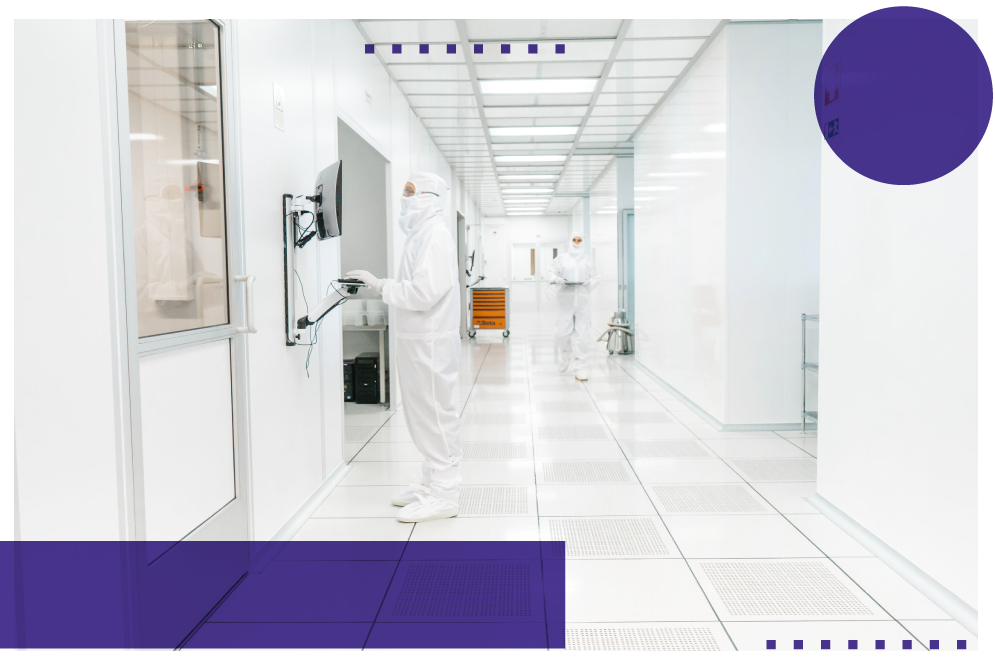National Strategy for Hydrogen may count on INL expertise in the field
The Portuguese Government recently held a conference on the National Strategy for Hydrogen (EN-H2)having invited several specialists and researchers to discuss the best possible ways to materialize the production and adoption of this environmentally friendly alternative.
The INL – International Iberian Nanotechnology Laboratory was invited to be part of this effort and had the chance to showcase its competencies in providing better and more efficient sources of this element, pointed out as one of the most promising for changing the paradigm of CO2 emissions.
The RTDI challenges to turn hydrogen into a reliable, available and safe energy source were highlighted during the Conference held at ISEP – Porto last 26th of June, where Paulo Ferreira, from INL, stressed the need for nanocatalysts, since “fuel-cell, water electrolysis, and CO2 reactions are characterized by slow charge transfer and insufficient chemical reaction rates”.
Currently, the hydrogen produced in Europe comes mainly from fossil fuels, which makes it non-carbon-free, and is limited to refineries and chemical plants. In this context, significant efforts need to be made to decarbonize hydrogen production for achieving carbon neutrality by 2050, the objective already announced by the European Union and adopted by countries like Portugal.
The path to hydrogen needs nanotechnology
Regarding INL work already performed in this area, INL team of researchers has so far participated in one EU Horizon 2020 project, two Xunta de Galicia projects, two FCT projects, one Interreg project, one EU JPI project, and three DOE-funded projects, having published 92 papers on the relevant topics, and having 3 world patents granted.
INL has the capability of synthesizing different materials that can be employed in hydrogen technologies such as electrocatalysts of different kinds for both water splitting and fuel cells.
Besides, the INL team has extensive experience in developing different semiconductor photo-anodes and cathodes for use in direct solar-driven hydrogen production. All synthetic methods are developed taking the cost-effectiveness, scalability as well as the environment into consideration.
INL also has a state-of-the-art electron microscopy and spectroscopy infrastructure to characterize the materials related to hydrogen research, as well as more than 50 potentiostats/galvanostats available for electrochemical testing of water splitting and fuel cell catalysts.
The INL Clean Energy Team together with other INL Research Groups is working in hydrogen, batteries, photovoltaics, sensors, and with excellent expertise in nanotechnology, chemistry, physics, material science, and theory, is set on the course to enable the co-creation of the sustainable solutions for clean hydrogen generation.

